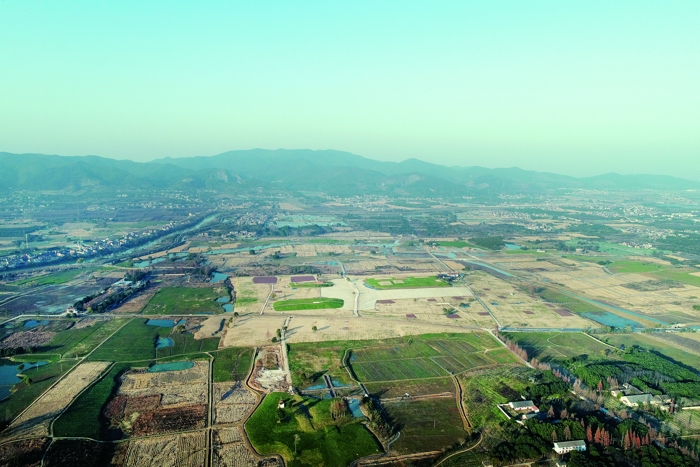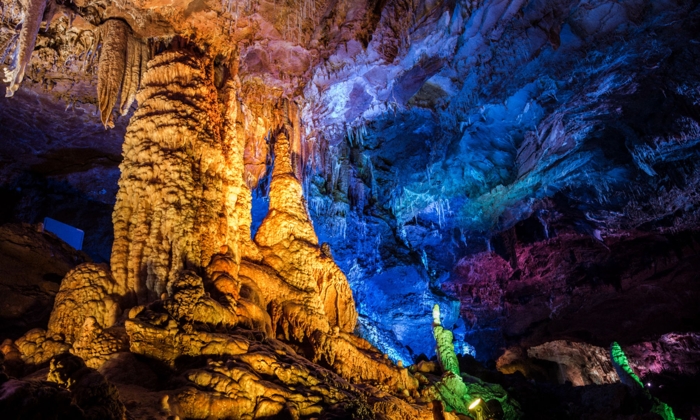A quick and easy parent survey has allowed psychologists to track how children first develop their sense of humor – and what they find most funny.
To date, it's one of the best timelines we have of when kids start to make sense of certain jokes and funny acts. Some forms of humor even seem to occur at just a few months of age.
The questionnaire is called the Early Humor Survey (EHS) and includes just 20 queries. First, parents of children between 0 and just under 4 years old were asked if their kid laughs and if they appreciate or produce humor, either verbal or physical.
Then, the questions delve into specific types of humor, such as "Has your child ever seen anyone make this type of joke?". These broad categories of humor include topics like "Making fun of others, e.g. calling someone a poopoohead" or "Saying strange things/mixing up concepts/nonsense" like saying, "Cats have five legs".
When the survey was given to nearly 700 parents in the US, UK, and Australia, the researchers found a clear and consistent age-related pattern in the emergence of humor, no matter a child's nationality or their parent's level of education.
In the first year of life, parents said they observed multiple ways in which their children appreciated humor and sometimes produced it themselves.
More than 75 percent of parents, for instance, said their kids were laughing when they were just two months old. By the age of one year, virtually all parents reported laughter from their offspring.
Generally, the authors found children appreciate humor before they start producing it themselves. By 8 months, for instance, 97.5 percent of parents said their children were laughing at jokes or funny behavior, like when playing peekaboo, being tickled, seeing a silly face, or hearing a strange noise.
Only later do kids begin trying out these jokes for themselves. At almost one year old, the survey reveals about 50 percent of kids are acting funny or saying silly things, usually by showing hidden body parts, misusing objects, chasing, teasing, or inventing strange words.
In the 'terrible twos', almost all kids are producing these same jokes, including more aggressive forms of humor like spitting out water or pushing people.
At three years of age, kids even start creating their own 'meta' jokes, like saying a cow 'quacks' or purposefully mislabeling an object.
The findings largely support previous research, which suggests humor develops alongside our motor, social, and language skills. Yet compared to other forms of play, studies on childhood humor are surprisingly limited.
When you consider how important humor can be to human social interactions, creativity, and wellbeing, that's a big oversight. The EHS, researchers argue, is currently our most reliable way of measuring this crucial sense in the first four years of life.
If the same age-related patterns can be replicated among even larger cohorts in different areas of the world, the survey could one day reveal a universal timeline for humor development – if one exists at all.
Still, while the survey appears reliable across the English-speaking nations tested, it does not incorporate a comprehensive list of all types of humor and it does come with some key limitations.
The questionnaire is only based on a parent's observations of their child's humor, and while this gives us a better idea of how children use humor on a daily basis in the home, it does seem to differ from results in more formal experiments.
"[W]hile the EHS is reliable in terms of parental inter-observability, lab experiments do not necessarily capture the everyday humor reported by parents," the authors write.
When the same researchers tested the level of humor in 84 children with an official experimenter, they were not able to replicate the same timeline of humor development as seen in the EHS.
In these trials, the experimenter would model 21 jokes for children, interspersed with 21 'control acts' that were not funny. For instance, the experimenter would hold up a toy horse and say, "The horse goes neigh! Neigh!", or they would say, "The horse goes quack! Quack!", which is a joke.
After each act, whether it was a control act or a joke act, the experimenter would ask the child to try out the same thing.
Ultimately, children in the study laughed more at the joke trials than the control trials. But when the authors controlled for age, the results did not reveal a clear timeline.
The discrepancy could boil down to the fact that the experimenter is a stranger, who kids might feel shy or scared to laugh or joke with, but further research will be needed to tease apart these mixed results.
In the future, the team hopes their survey will be used globally for humor research, allowing psychologists to zoom in on certain types of humor and how kids at different ages respond to them.
The results might also reveal how parents and educators can better incorporate specific types of humor into lessons, books, television shows, and daily play.
The study was published in Behavior Research Methods.
#Humans | https://sciencespies.com/humans/kids-start-appreciating-humor-and-cracking-jokes-surprisingly-early-survey-reveals/


